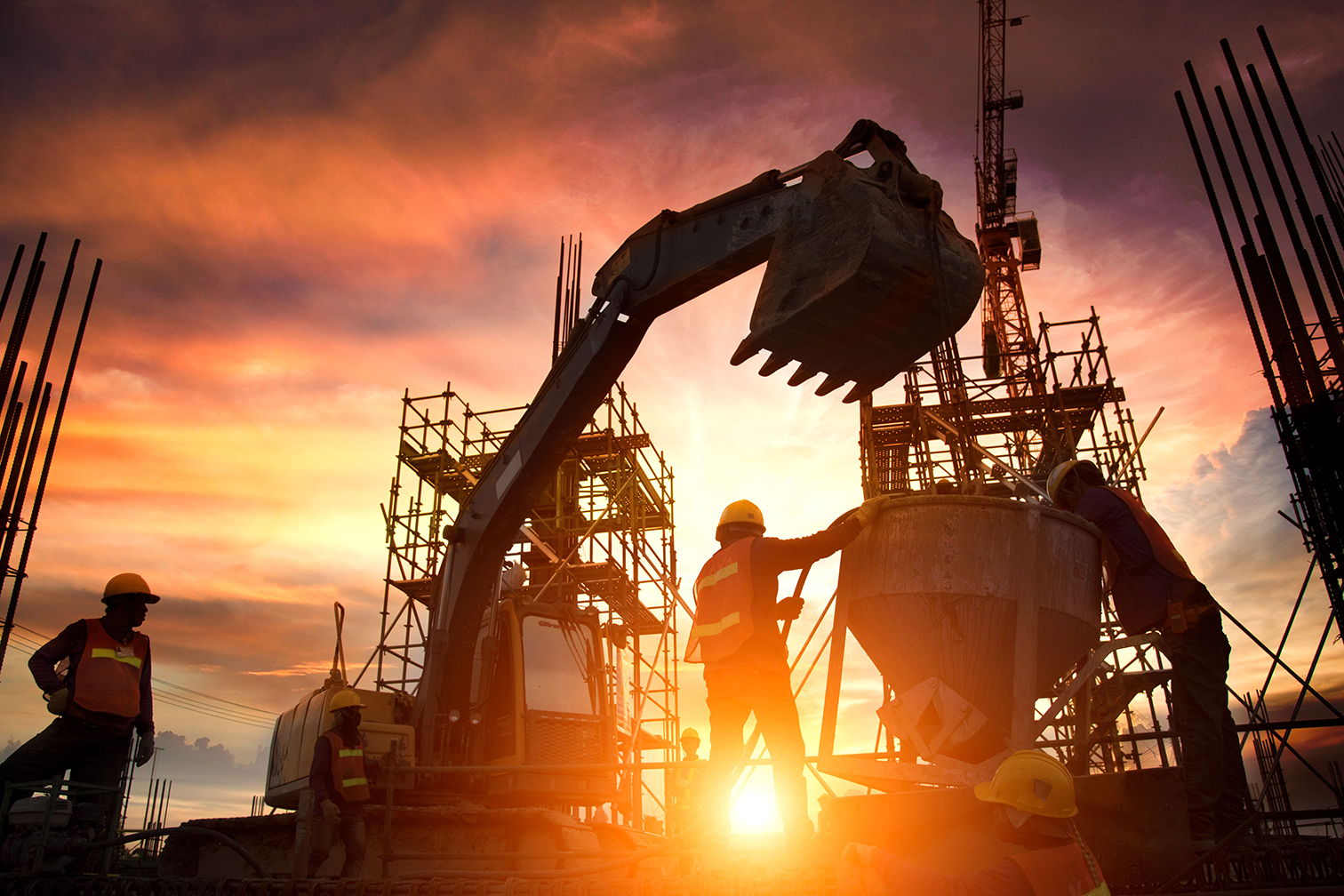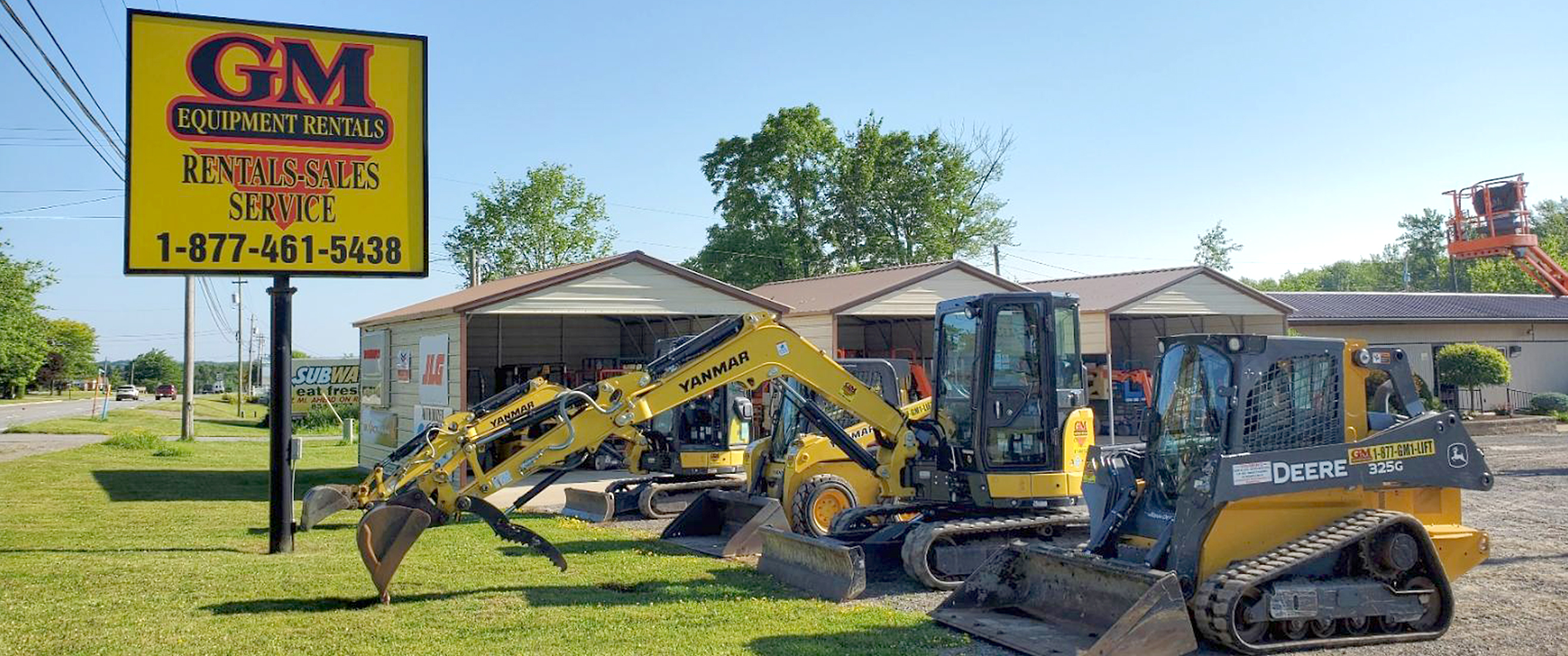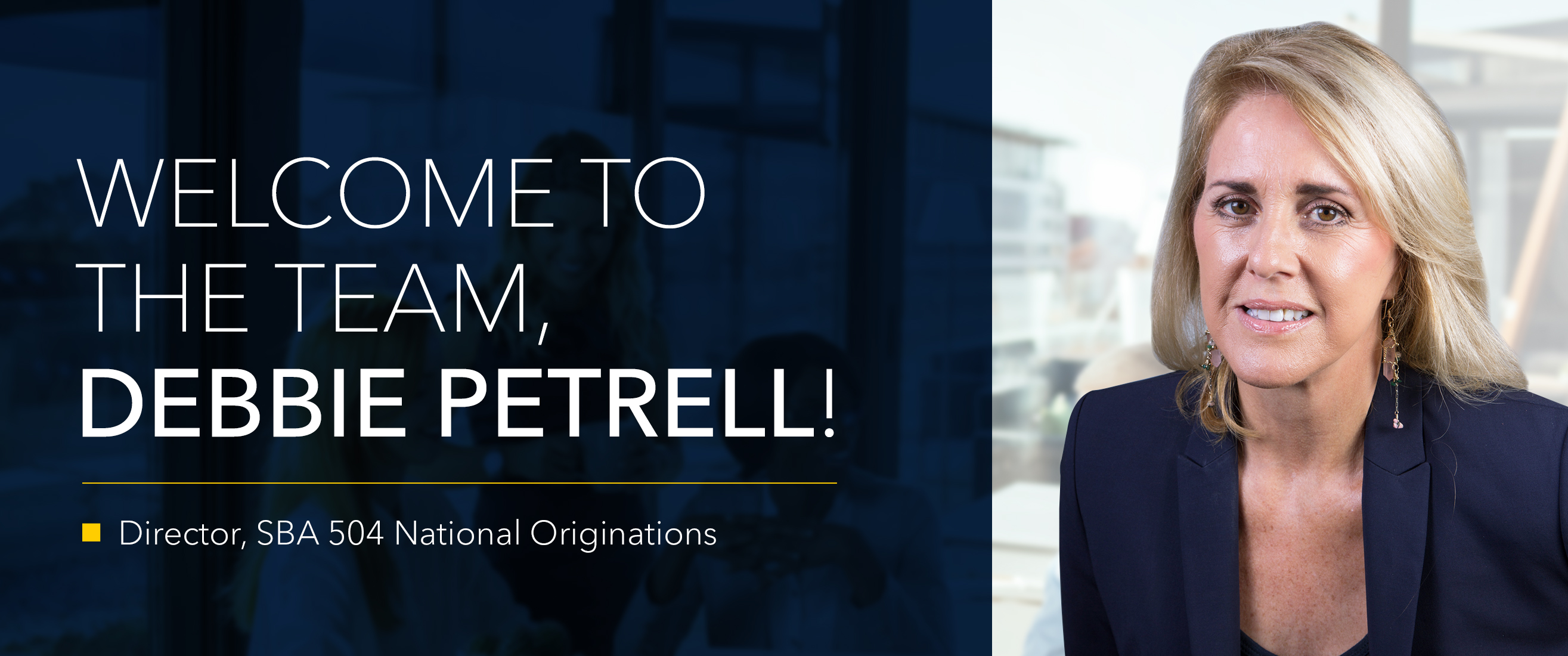WE TRANSFORM BUSINESS NEEDS INTO SOLUTIONS THAT GROW WITH YOUR BUSINESS.
How the Infrastructure Bill Will Affect the Commercial Construction Industry
For years, Congress debated the need for a bill that would strengthen and reinforce America’s deteriorating infrastructure.

On November 15, 2021, President Biden signed a historic $1.2 trillion bipartisan infrastructure deal, titled the “Infrastructure Investment and Jobs Act,” into law. The Act calls for $550 billion in new funds to be invested in areas of need over the next five years and is meant to build and rebuild roads, bridges, ports, airports, pipelines, and other core components to make our communities safer and ease the strain on commerce, while also making deliveries and commuting easier for American workers.¹ Additionally, the Act is intended to improve access to broadband and other telecommunications across the United States, particularly in underprivileged and rural areas, while also providing significant investments in improving and developing infrastructures that reduce greenhouse gas emissions, including greener transit options and power structures, investing in electric vehicle chargers, tackling legacy pollution at Superfund and brownfield sites, and more.² In addition to the $550 billion in new investments, the Act includes $650 billion previously approved and allocated for roads and other infrastructure.³
With many of the Act’s promised changes already underway, specific federal agencies are responsible for coordinating the distribution of funds to states and cities, which is set to be sent to state governments as grants or loans over the next eight years. While the trickle-down effect of funds across industries and proposed projects will be ongoing, some of the clear winners that will reap the benefits of the Act are businesses in the construction industry.
Whether you’re a large, medium, or small construction business, the information below outlines what challenges and opportunities could lie ahead as the country navigates this Act and the disbursement of its funds.
Headwinds Construction Businesses May Experience
The effects of the ongoing coronavirus pandemic are still being felt across a number of industries, with shortages in particular putting a strain on many companies. The breadth and depth of these shortages — and their relentlessness — continues to serve as a bottleneck to day-to-day operations for many industries, including:
- The limited number of workers available — Even before the pandemic began, the number of construction workers has gradually been decreasing since the 2008 recession, with there currently being 400,000 open construction jobs in the U.S., a problem that continues to cause employers to significantly delay projects or not take contracts at all because they don’t have the necessary workers.4,5
- The increased spend on, and shortage of equipment and parts caused by the unavailability of semiconductor chips — 46% of contractors state they will have to spend more on equipment and tools (particularly those that use semiconductor chips) in the next six months in order to complete their projects.⁶
- The rising cost and limited availability of raw materials such as steel, cement, and lumber — The pandemic has also caused significant supply delays, with around 60% of contractors stating they are having difficulty keeping building materials in stock. Of the most critical supplies, 43% of contractors cite steel as being the most difficult product to obtain, with 31% saying lumber, and 19% naming roofing materials as the supplies that are causing their projects to be significantly delayed.⁷
- Vehicles and vehicle parts also falling victim to the ongoing chip shortage — Contractors are also feeling the impact of vehicle scarcities as a result of the semiconductor chip shortage, and the significantly higher cost of those vehicles they can find.
These shortages in labor, supplies, and technology across the board have impacted construction businesses in particular, with many companies not having what they need to function properly. As such, many construction companies have either had to raise their overall cost projections to account for the increases in spending they will have to undertake, or not take as many jobs as a result of not having the supplies necessary and/or the workers to complete projects. Despite these headwinds, with the bipartisan infrastructure deal signed, opportunity lies ahead for construction businesses.
How To Prepare for Opportunities That May Be on the Near Horizon
The bipartisan infrastructure deal offers both the money and incentive to build a stronger, more resilient infrastructure that improves the quality of life across America. As emerging infrastructure projects become available — whether immediately or down the line — small- and medium-sized construction businesses must be prepared to capitalize on new business opportunities presented and meet their demands. Whether your company secures a contract as a direct result of an infrastructure project or is indirectly benefitting by providing goods and services to contractors, it’s critical to be prepared for these opportunities. Having the right partner is a critical component in achieving this.
The Bancorp is home to virtually the only bank-owned Commercial Fleet Leasing team, and our commitment to innovation and investment in technological enhancements provides simplified and consolidated end-to-end processes and solutions not only with respect to fleet leasing but small business lending, too. At The Bancorp, our dedicated Commercial Fleet Leasing team understands the needs of contractors and subcontractors across this sector. From heavy-duty construction vehicles to general shop equipment to EVs, telematics plans, and beyond, we offer a full range of leasing services. Beyond tangible products, The Bancorp experienced team of experts provides clients with a number of commercial fleet leasing and small business lending benefits to help simplify costs and optimize business efficiencies, including, but not limited to:
Commercial Fleet Leasing
- Assistance on saving working capital for other needs
- National fleet discount pricing
- Leases that include upfitting costs
- The ability to customize payment options, and more.
Small Business Lending
- Low down-payments
- Long-term amortization
- No balloon on term loans, and more.
The Bancorp Commercial Fleet Leasing and Small Business Lending teams seamlessly work hand in hand to provide a comprehensive suite of financing products for small- and medium-sized construction business owners to be prepared to tackle any project that will aid in propelling their growth on the path to longevity. Learn more about how we can help support your business.
1. The Washington Post. "Biden’s infrastructure bill will bring jobs. He wants the safety net bill to reduce inequities". November 2021.
2. The White House. "Fact Sheet: The Bipartisan Infrastructure Deal". November 2021.
3. Forbes. "Everything In The $1.2 Trillion Infrastructure Bill: New Roads, Electric School Buses And More". November 2021.
4. York Daily Record. "80-hour weeks, hiring pipelines, high wages: Pa. remains desperate for construction workers". October 29, 2021.
5. ConstructionDive. "Construction's career crisis: How did we get here?". October 2021.
6. U.S. Chamber of Commerce. "Q4 2021 Commercial Construction Index". December 15, 2021.
7. U.S. Chamber of Commerce. "Q4 2021 Commercial Construction Index". December 15, 2021.
Opinions, findings, or perspectives contained in this blog are those of the authors.
Commercial Lending
Commercial Fleet Leasing
Small Business Lending
Construction
Industry Trends
Infrastructure Bill









